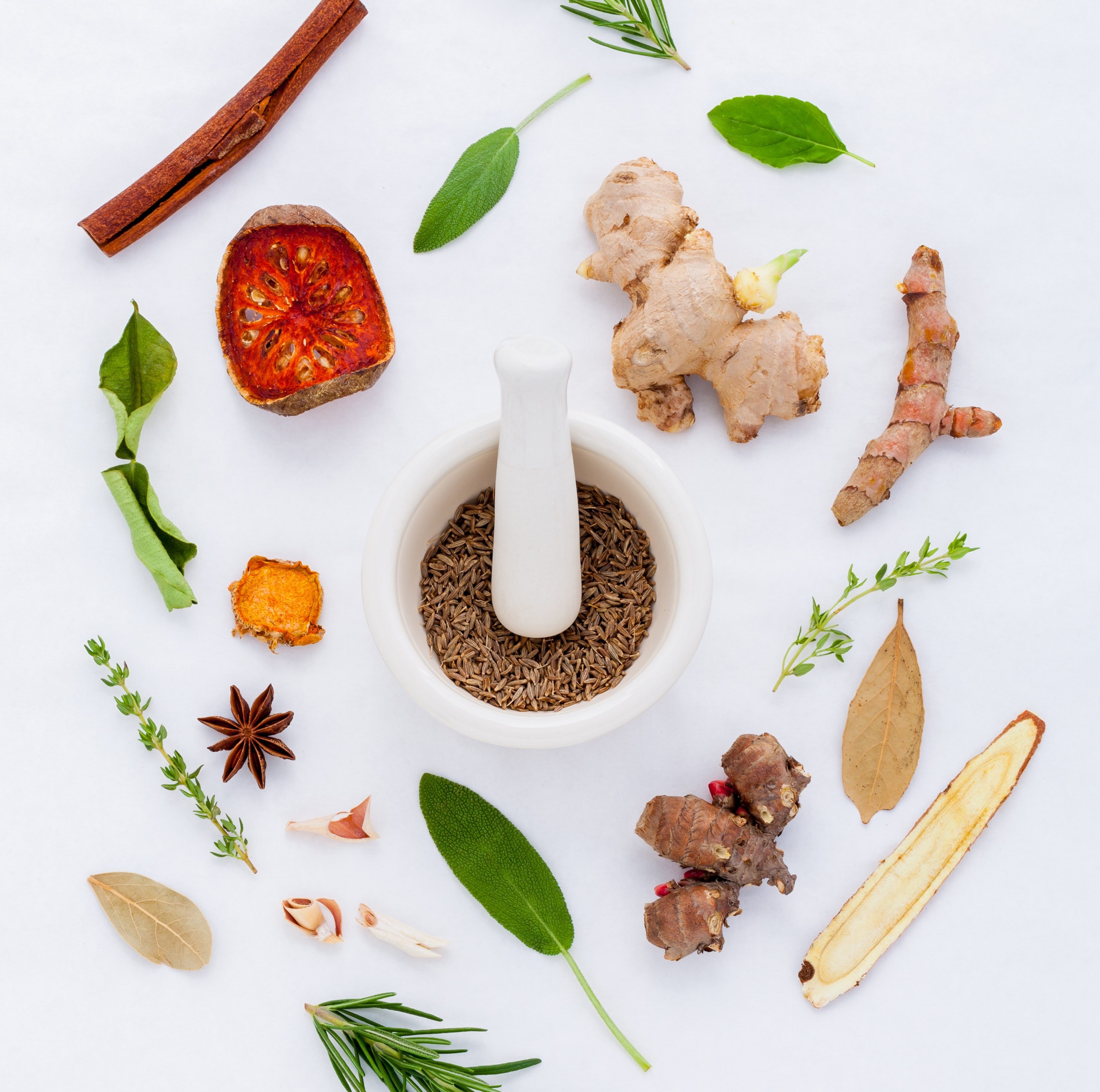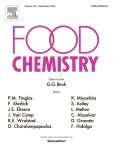Non-enzymatic browning reaction of glucosamine at mild conditions: Relationship between colour formation, radical scavenging activity and α- dicarbonyl compounds production
Abstract:
Glucosamine (GlcN, 5% w/v) was incubated in either phosphate buffer or ammonium hydroxide solutions at 40 and 60 °C for up to 48 h in order to yield caramel solutions. Non-enzymatic browning was monitored via changes in absorption at 280, 320 and 420 nm and the physico-chemical properties as well as the generation of short chain α-dicarbonyl compounds were evaluated. Accumulation of GlcN autocondensation products (280 nm) proceeded in parallel with the development of pre-melanoidins (320 nm) and melanoidins (420 nm). The reactive α-dicarbonyls were detected at temperature as low as 40 °C within 3 h with a maximum level of diacetyl recorded at 6 h. The caramel solutions showed a high efficacy in scavenging DPPH and ABTS radicals in accordance with the increasing browning intensity. The results suggest that GlcN browning can be modulated according to the specific desired properties to produce a multi-functional food ingredient that has health-promoting effects.

